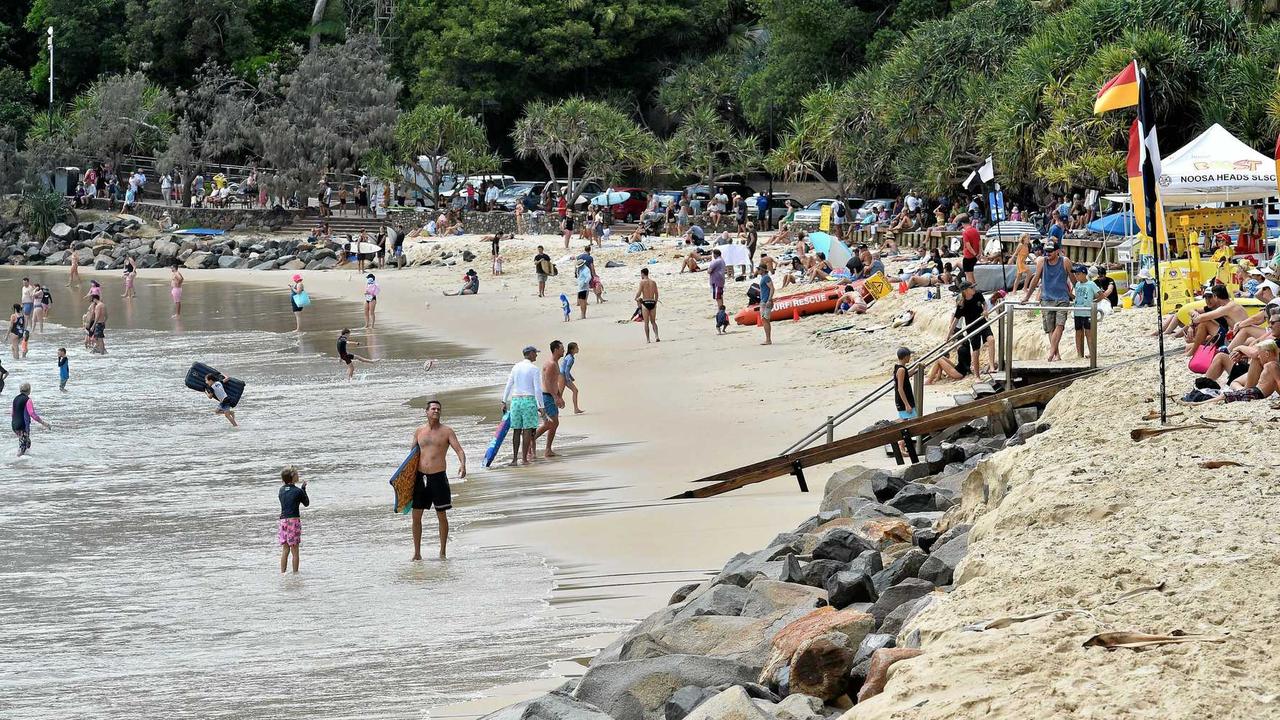Posted on September 28, 2021
The huge cost of protecting Australia’s beaches and coastal towns could soar as high as $54 million a year – but it won’t be the government picking up the bill.
Local governments are fed up with the lack of climate action from Scott Morrison as a new report reveals councils will be forced to folk out tens of millions of dollars each year due to rising sea levels.
Coastal councils are already regularly paying about $1 million a year to fix eroding beaches and to protect beachside properties and infrastructure but this burden is expected to soar as high as $54 million per year by the end of the century.
The mop-up and rebuild fees following climate-fuelled extreme weather events are weighing on small governments, which Noosa Councillor Brian Stockwell described as a “great shame” given it’s the federal government who refuse to commit to a net zero target.
“What you’re seeing in Australia is local governments are really at the forefront of the effects of climate change,” he told NCA NewsWire following the release of the report from the Climate Council.
“The federal government has consistently not only been an embarrassment on the international stage, but consistently allows their funding of local governments to decline.”
The council on Queensland’s Sunshine Coast has committed to its own net zero target of 2026 and has begun construction on infrastructure to mitigate the threat of rising sea levels, but the impacts of climate change are fast approaching.
Mr Stockwell urged federal and state governments to prepare for the looming crisis given the enormous cost weighing on local councils — a recent study found the construction of a rock wall to protect Noosa against rising sea levels and surging storms would cost the community $2.7 billion.
“Post the extreme events, there tends to be state and federal funding available,” he said.
“But what this report highlights is that it’d be far more efficient to invest to prepare for it upfront, rather than just to do the post disaster recovery packages.”
Climate Council spokesperson and report author Lesley Hughes said the demands on local governments will only increase as they are relied on to maintain critical assets and infrastructure.
“State and federal assistance is falling short of what’s required to help councils prepare for and respond to extreme weather,” she said.
“However, while council responsibilities — including those related to climate change — are growing, their tax revenue has shrunk to the fourth lowest share among the 30 industrialised nations that make up the Organisation for Economic Co-operation and Development.”

Rising sea levels will significantly impact Noosa and the surrounding area.
Professor Hughes said local governments are being asked to “do more, with less”.
“Without increased funding, guidance and support, I can’t imagine how they will continue to protect and provide for their communities,” she said.
The report follows a recent push from 17 councils across Queensland and NSW who joined forces to send a message to Canberra, declaring “extreme weather is hurting Australia and our communities are paying the price”.
The local government areas stretch along the nation’s east coast and have been particularly exposed to devastating bushfires and destructive storm events in recent years.
“We are exhausted by the immediate costs and challenges, and we are worried about what’s to come,” the group’s statement declares.
“Extreme weather disasters used to occur every few years. Now, we are facing them every few months.”






